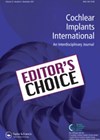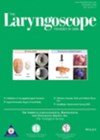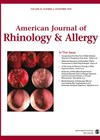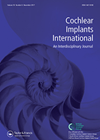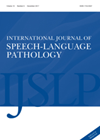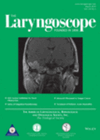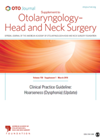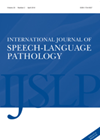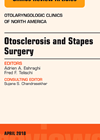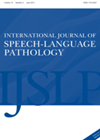
Journal Reviews
Music training for cochlear implant users
The ability to enjoy music is something that is important to most people and contributes to wellbeing, as well as holding cultural significance. However, the speech signal is generally prioritised for those with cochlear implants (and indeed hearing aids). Improving...
A 3D-printed endoscopic sinus surgery simulator – validity testing
The challenge of gaining sufficient experiential learning to successfully navigate the learning curve toward competence has long been a challenge in surgical education. The COVID-19 pandemic, and its impact on elective capacity, has presented a further challenge to the acquisition...
Smell training is also effective in older patients
Olfactory loss is a common problem with a significant impact on quality of life. It has been demonstrated that olfactory training (OT) improves olfactory function in younger patients, but this study focuses in on patients aged 45 years and older....
How to train adults with single-sided deafness and cochlear implants
Cochlear implantation (CI) in patients with single-sided deafness (SSD) has been carried out in Perth, Australia from 2008. It poses challenges to clinicians and patients who are trying to tune in the poorer ear while still having a normally hearing...
Does talking better make you feel better?
Interaction-focused therapy for people with language impairment (aphasia) following a stroke or brain injury is routinely used by speech and language therapists in clinical practice. These types of interventions are based on research into the organisation of interactions and interactional...
Three-dimensional endoscopy for sinonasal procedures: is it really better?
In this interesting study the authors looked at the efficacy of two-dimensional (2D) versus 3D high-definition endoscopes in novice users, not those already trained in 2D. Ninety-two medical students used 2D and 3D endoscopes to complete two validated tasks and...
Preoperative CT checklist (using the ‘CLOSE’ mnemonic) improves identification of anatomical variants for endoscopic sinus surgery
Computed tomography (CT) scans of the paranasal sinuses act as roadmaps for endoscopic sinus surgery (ESS) and careful inspection preoperatively warns the operating surgeon of critical anatomical variants. This study aimed to investigate if implementation of a pre-ESS CT checklist...
Swallow assessment: is clinical judgement or objective measurement more reliable?
Swallowing difficulties are life threatening and are the most common referral reason to speech and language therapists working with the adult population. Video fluoroscopic examination is a common instrumental tool used to assist in the assessment of the risk of...
Simulation and otologic surgery
Ensuring adequate exposure and developing surgical skills for trainees has been an ongoing challenge. In this article, the authors reviewed the role of simulation and its role in developing skills in otologic surgery for trainees. Virtual-reality (VR) simulation models have...
Live versus e-learning – which is the most effective communication training approach for health care staff?
If staff are unable to communicate with their patients this can impact negatively on the patient’s healthcare. They may be excluded from decisions about their own care and their rights to informed consent may be violated. Conversation partner training has...

